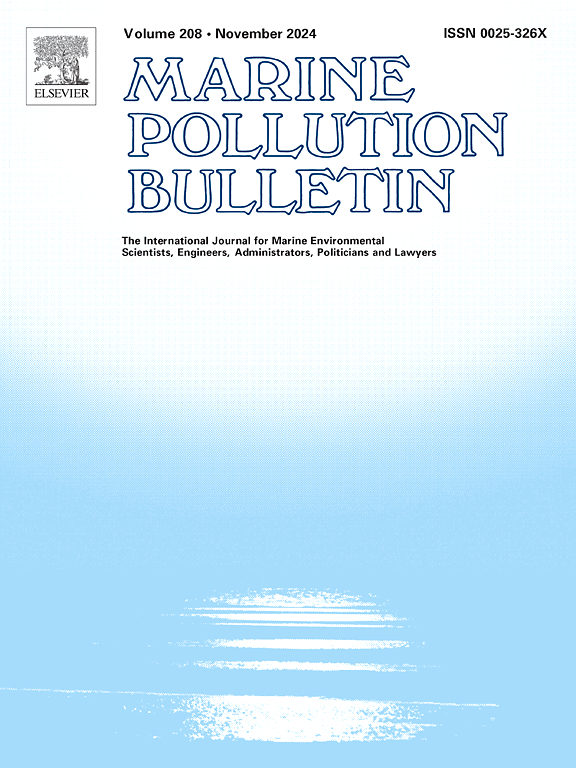基于改进的多目标粒子群算法和 TOPSIS 方法的港口应急资源优化分配模型。
IF 5.3
3区 环境科学与生态学
Q1 ENVIRONMENTAL SCIENCES
引用次数: 0
摘要
繁忙的海上交通和不断发生的船舶事故使人们越来越认识到海事应急资源分配的必要性。港口应急资源配置对海上安全具有重要意义。本文提出了一种基于改进的多目标粒子群优化(IMOPSO)的港口应急资源优化配置模型。该模型引入了拥挤距离,并改进了外部档案更新策略。调整了粒子惯性权重,并加入了动态突变算子。此外,还采用了熵加权技术,通过与理想解的相似性进行排序优先,以确定最优解。与 MOPSO 进行了全面的比较和讨论。性能评估采用了代距(GD)、间距(SP)和三角指标(Δ)三个指标。结果表明,所提出的 IMOPSO 算法表现出卓越的性能和鲁棒性,对于 ZDT 测试函数,其平均值分别为 GD = 0.0386、SP = 0.0023 和 Δ = 0.6468。中国湛江港溢油分散剂配置案例研究进一步验证了模型的有效性。通过熵权 TOPSIS 法,得出了七个备选方案,并从中选出了最优方案。总成本有可能降低约 33.03%。本研究将为港口水域的水污染物控制和环境管理提供参考。本文章由计算机程序翻译,如有差异,请以英文原文为准。
Optimal allocation model of port emergency resources based on the improved multi-objective particle swarm algorithm and TOPSIS method
The busy maritime traffic and occurrence of ship accidents have led to a growing recognition of the necessity to maritime emergency resources allocation. The port emergency resource allocation is of significant importance for the maritime safety. This paper presents an optimized allocation model for port emergency resources based on the improved multi-objective particle swarm optimization (IMOPSO). The model introduces the crowding distance and improves the external archive update strategy. The particle inertia weight is adjusted and a dynamic mutation operator is incorporated. The entropy-weighted technique for order preference by similarity to an ideal solution method is also employed to identify the optimal solution. A comprehensive comparison with MOPSO has been presented and discussed. Three metrics of generational distance (GD), spacing (SP) and delta indicator (Δ) were employed for performance evaluation. The results demonstrated that the proposed IMOPSO algorithm exhibited superior performance and robustness, with average values of GD = 0.0386, SP = 0.0023 and Δ = 0.6468 for ZDT test functions. The model efficacy is further validated by a case study of oil spill dispersant configuration at Zhanjiang Port, China. Seven alternative schemes have been obtained, among which the optimal scheme is selected by the entropy-weighted TOPSIS method. The overall cost is potentially to be reduced by approximately 33.03 %. The present study would provide a reference for the water pollutant control and environmental management in port waters.
求助全文
通过发布文献求助,成功后即可免费获取论文全文。
去求助
来源期刊

Marine pollution bulletin
环境科学-海洋与淡水生物学
CiteScore
10.20
自引率
15.50%
发文量
1077
审稿时长
68 days
期刊介绍:
Marine Pollution Bulletin is concerned with the rational use of maritime and marine resources in estuaries, the seas and oceans, as well as with documenting marine pollution and introducing new forms of measurement and analysis. A wide range of topics are discussed as news, comment, reviews and research reports, not only on effluent disposal and pollution control, but also on the management, economic aspects and protection of the marine environment in general.
 求助内容:
求助内容: 应助结果提醒方式:
应助结果提醒方式:


